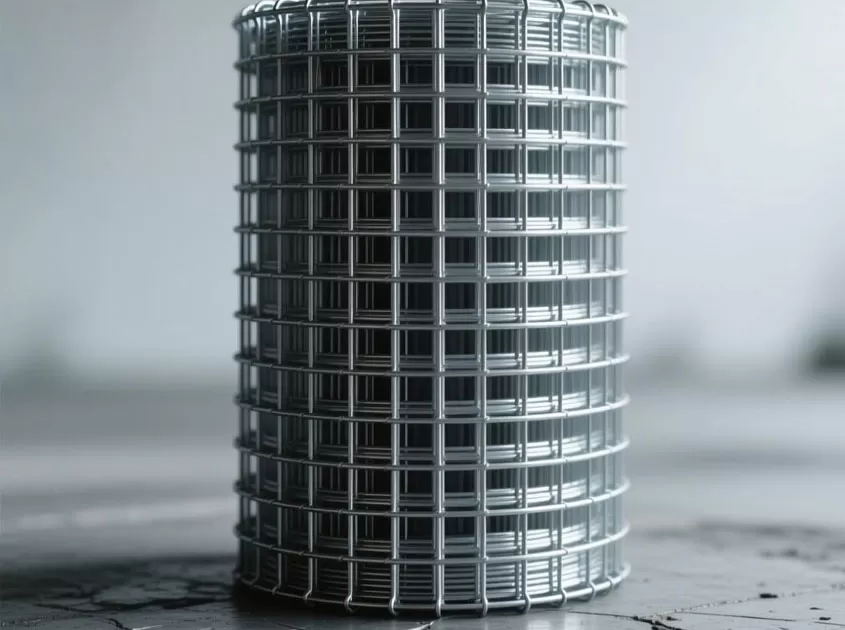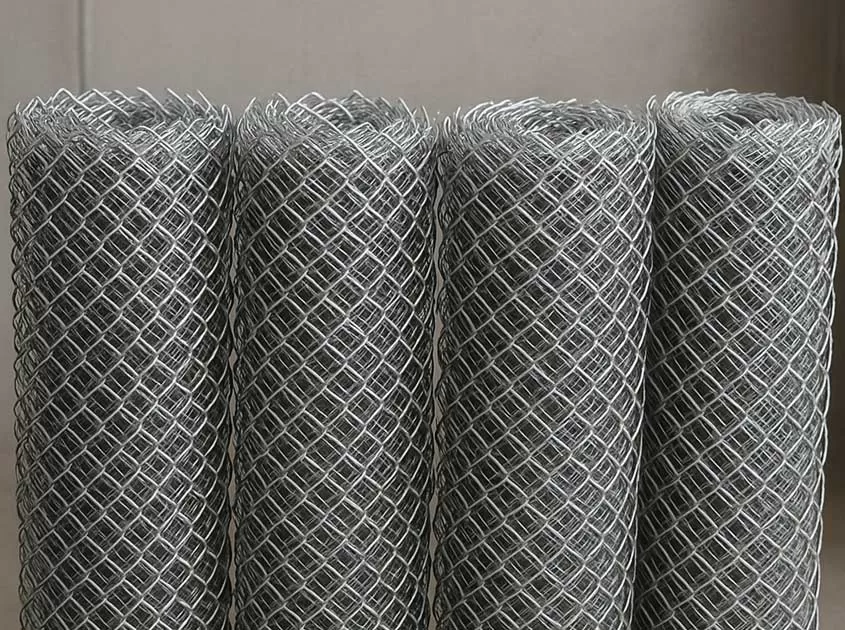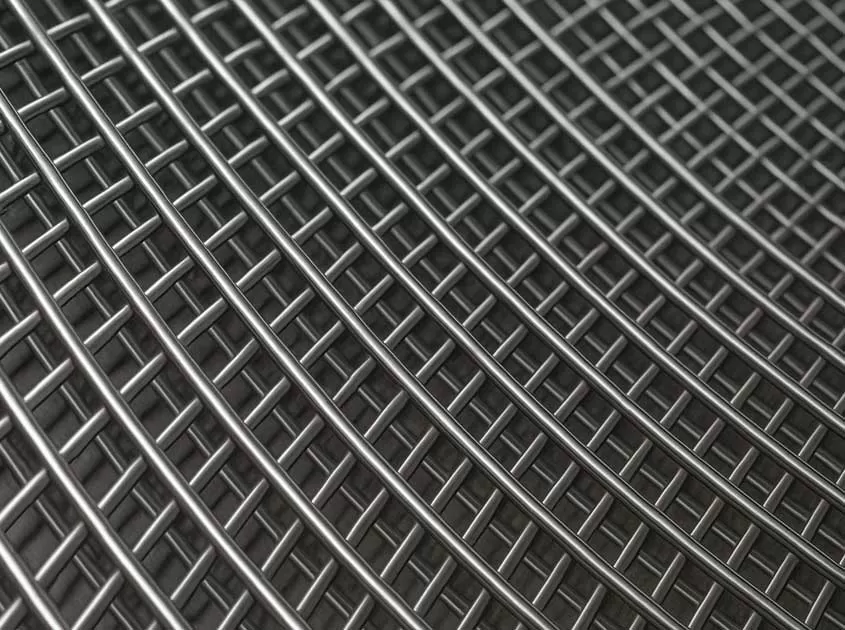Does chicken wire mesh offer any level of fire resistance
Introduction:
In this article, we explore the fire resistance properties of chicken wire mesh.Fire safety is a critical consideration when selecting materials for construction, fencing, and other applications.By examining the composition of chicken wire mesh, its reaction to fire, and potential applications in fire-prone environments, we can determine whether chicken wire mesh offers any level of fire resistance.
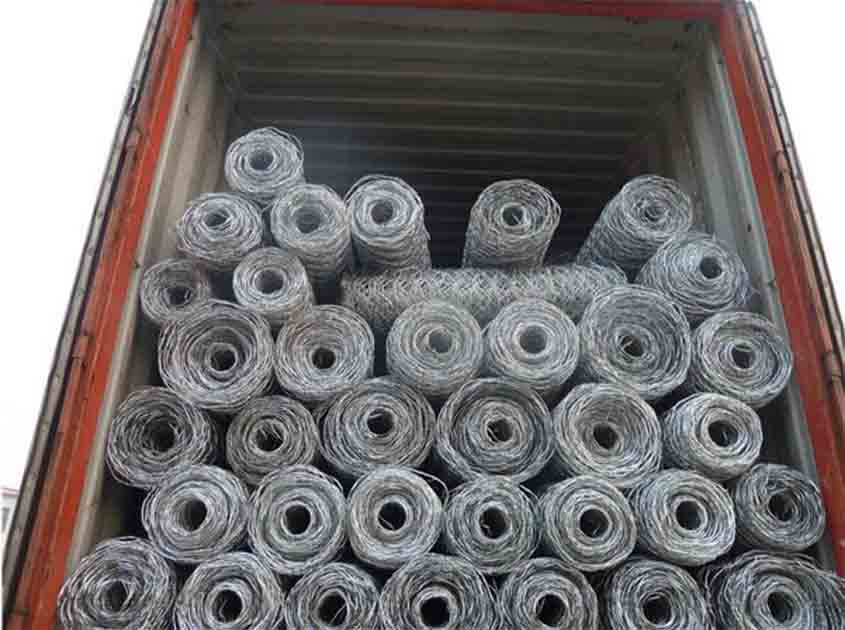
Composition and Material Properties:
Chicken wire mesh, also known as poultry netting, is typically made from galvanized steel or stainless steel wires. These wires are woven in a hexagonal pattern, creating a lightweight and flexible mesh structure. While the primary purpose of chicken wire mesh is to confine poultry or small animals, its usage has expanded to various other applications, including fencing, gardening, and construction.
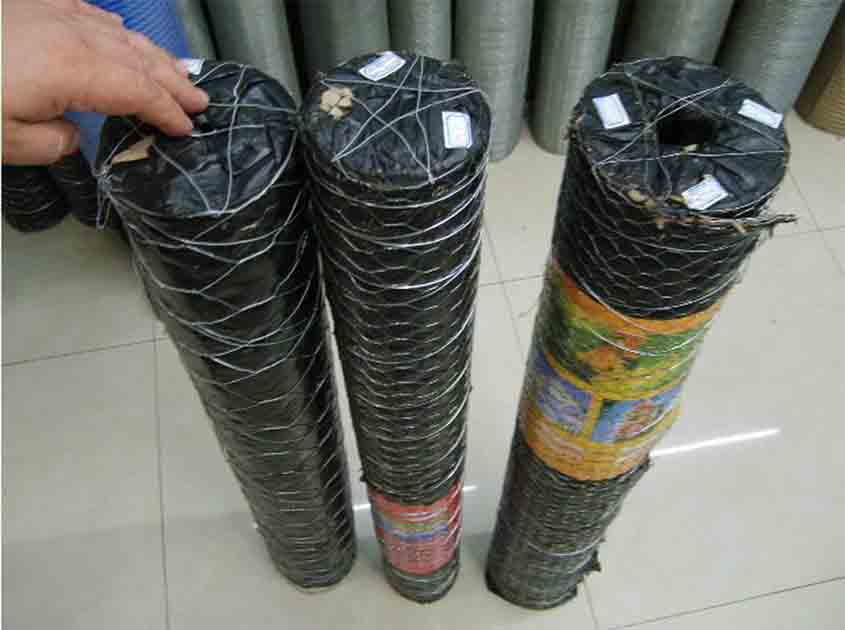
Reaction to Fire:
Chicken wire mesh is not inherently fireproof or fire-resistant. When exposed to flames or high temperatures, the steel wires in the mesh can conduct heat and transfer it to surrounding materials. In most cases, chicken wire mesh will not act as a barrier against fire spread or prevent the ignition of adjacent materials.
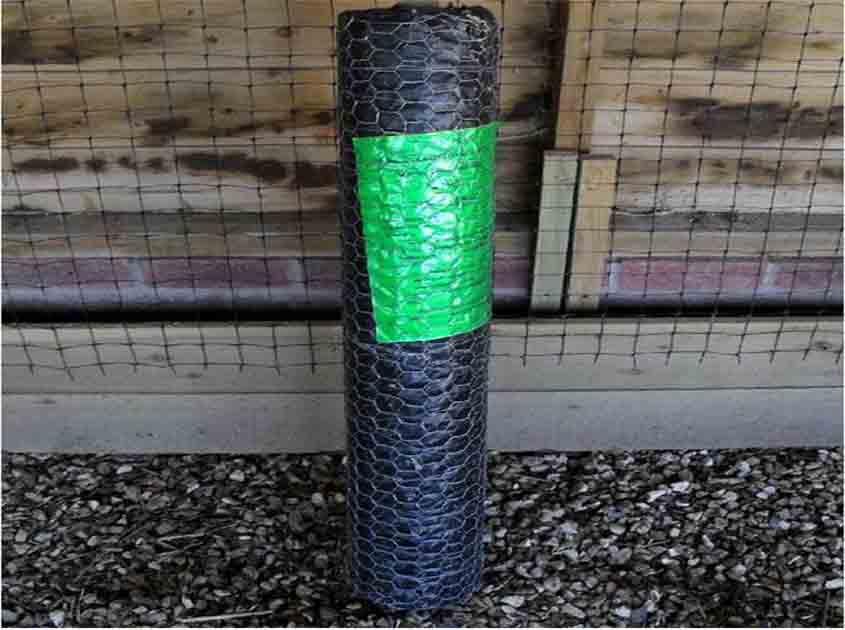
However, it is important to note that the galvanized or stainless steel wires used in chicken wire mesh have higher melting points compared to other materials such as plastic or wood. This means that, in the event of a fire, chicken wire mesh may withstand the heat for a longer duration before experiencing deformation or structural failure. Nonetheless, it is crucial to understand that the fire resistance of chicken wire mesh is limited, and its primary purpose is not to provide protection against flames or fire hazards.
-
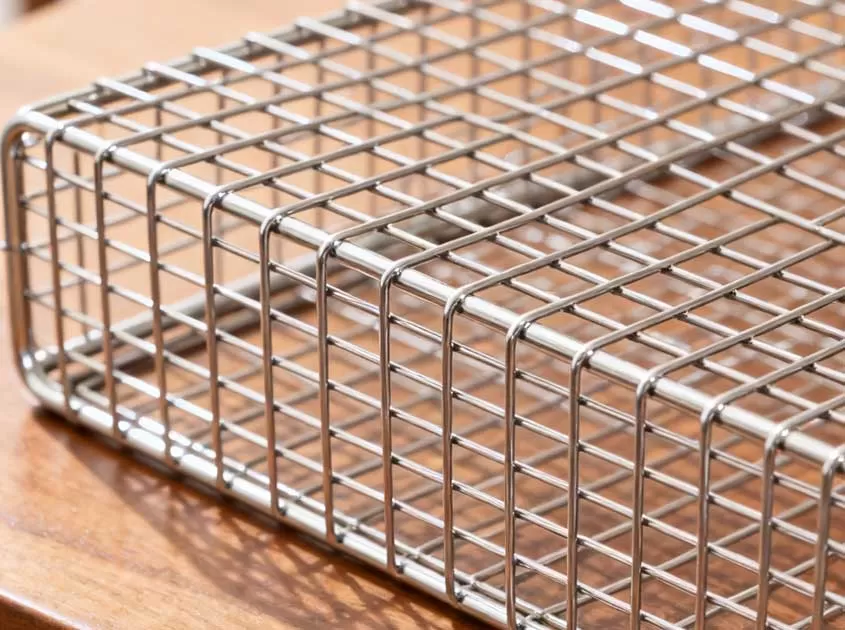 Corrosion-Resistant Stainless Steel Wire Mesh Oct 28, 2025
Corrosion-Resistant Stainless Steel Wire Mesh Oct 28, 2025

- Tel.: +86 311 83077076
- E-mail: sales@qunkunmetal.com
- Skype: qunkunsales01
- WhatsApp: 8618032412189
- Add.: No.69 The Filter Industrial Part of Anping, Hebei, China






